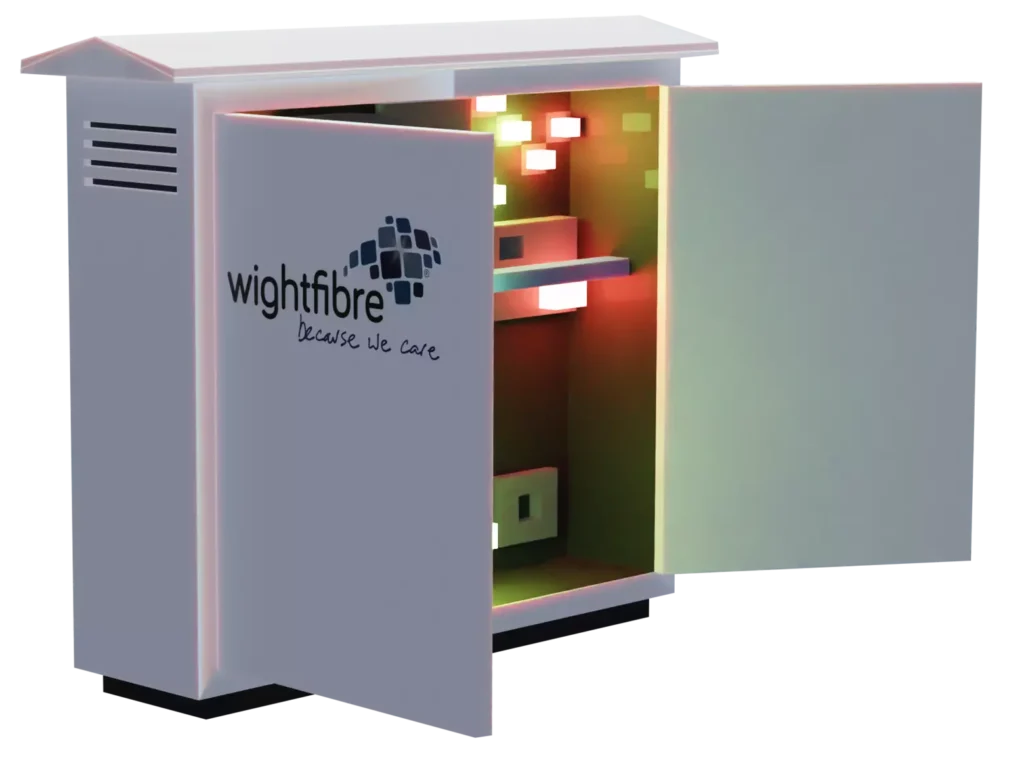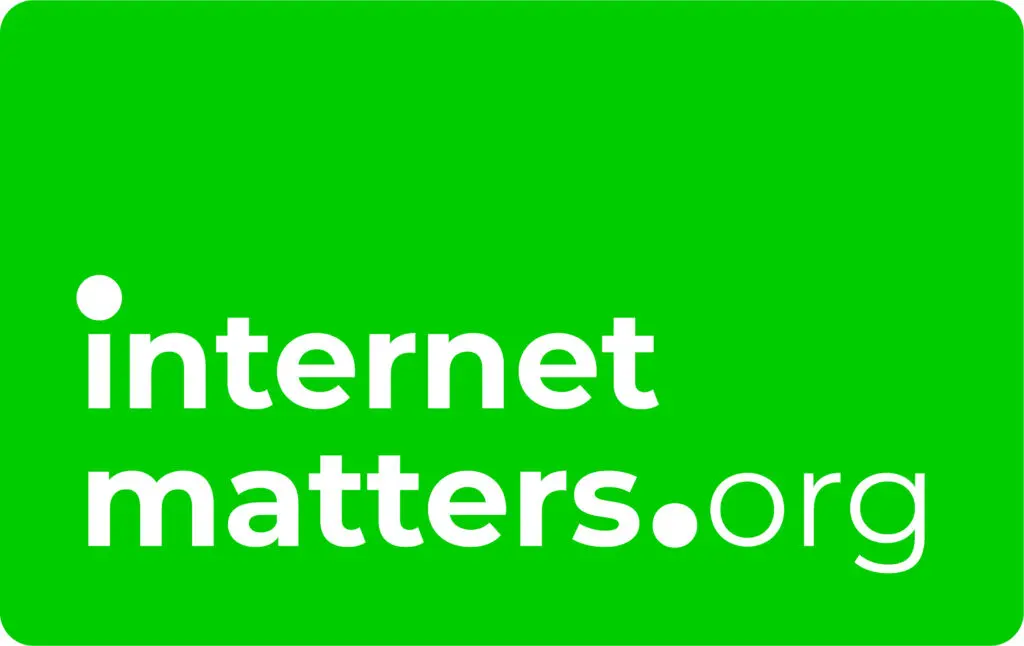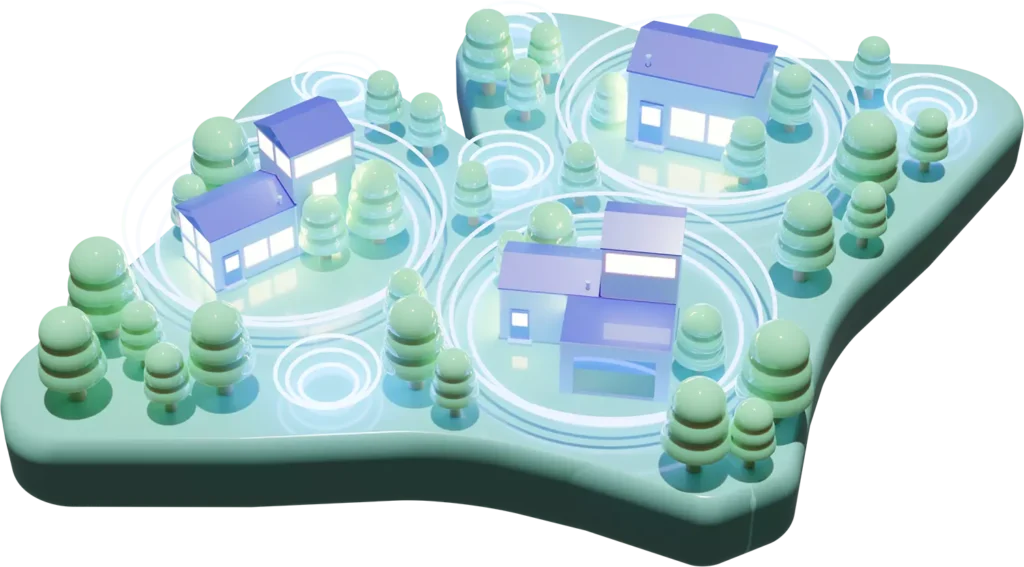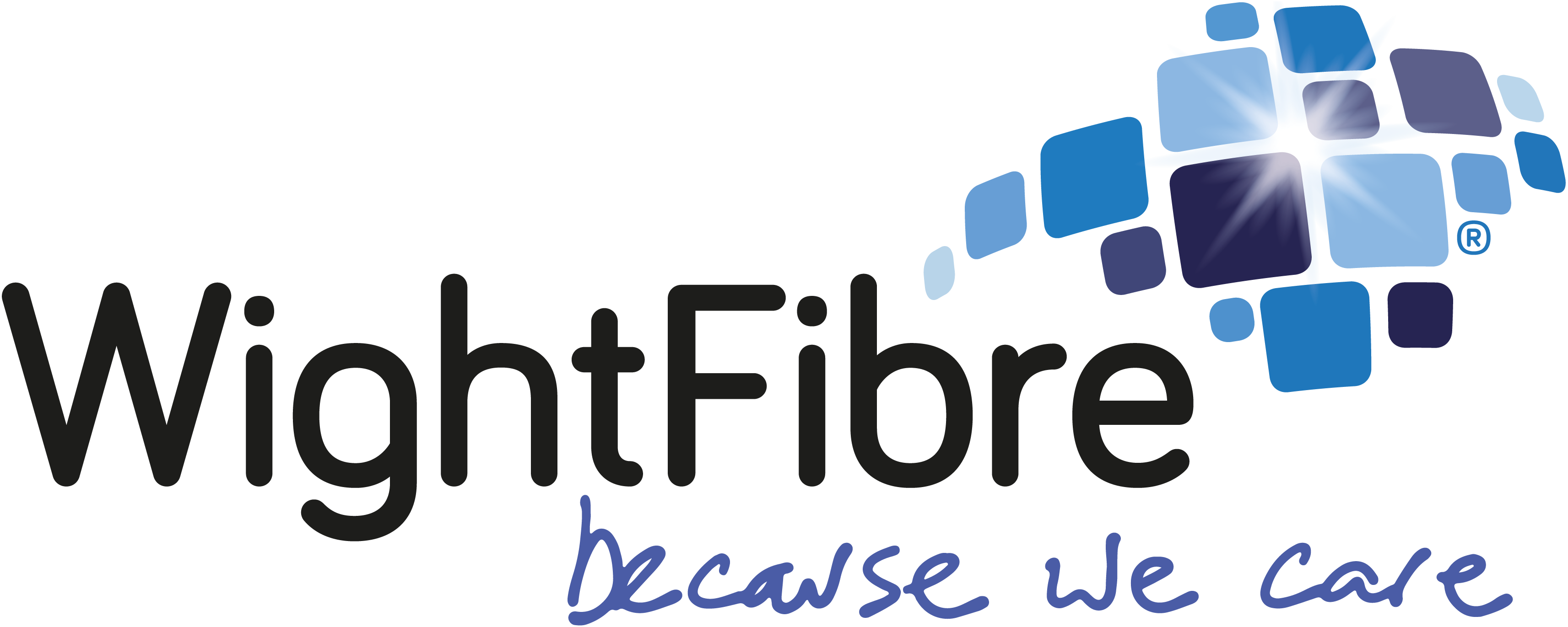Because We Care
Everything you need to know about WightFibre
About WightFibre
Intro
Since 2001, WightFibre has owned and operated its’ own telecommunications infrastructure entirely independently of BT Openreach. WightFibre provides phone, tv and broadband services to homes and businesses on the Isle of Wight. Only WightFibre is committed to building a full-fibre broadband network across the Island.
The WightFibre Gigabit Island Project already see full-fibre broadband deployed to over 72,000 homes and businesses across the Island and ultimately the project will see over 80,000 homes connected to our network.
The project has received over £110M from Infracapital Partners (including funding from HM Treasury) and NatWest Bank. WightFibre is also receiving funding from Building Digital UK (BDUK) to extend the reach of our network to some 80,000 premises on the Island.
To check availability to your premise, use our availability checker here.
Click here to read the full WightFibre Environmental and Social Report 2023
Our Credentials
At WightFibre, as we strive to make our Island one of the best connected places on the planet and to provide the best possible service, we seek external validation of how we are doing.
Customer Satisfaction Surveys
At WightFibre we survey all our customers once per year, surveying one quarter of our customers once per quarter so that, once per year, all our customers are invited to provide feedback. We routinely receive exceptionally high scores and we act upon all feedback received. Your broadband speeds and your WiFi coverage should be perfect. We guarantee this.
External Accreditations
You don't have to take our word for this. We have a number of external independent accreditations so that we can be sure we are doing things right.
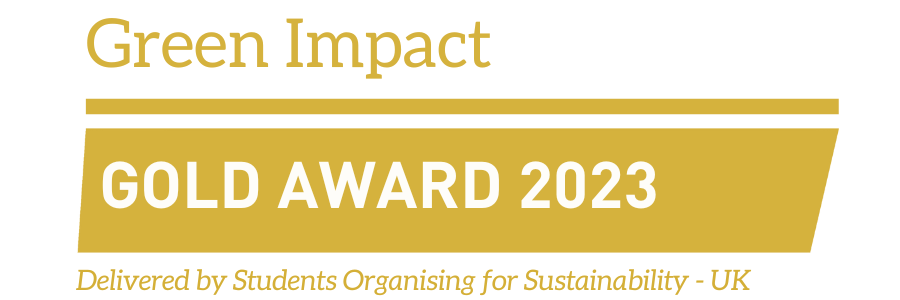
This remarkable achievement reflects our unwavering commitment to sustainability, environmental responsibility, and positive impact.


Our employees agree as well! Have a look at our Great Place to Work video







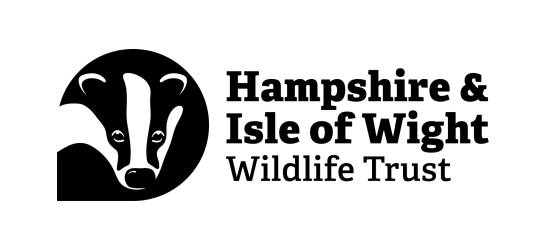
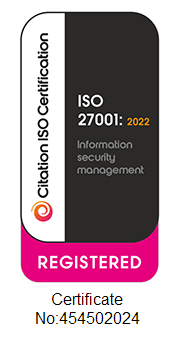
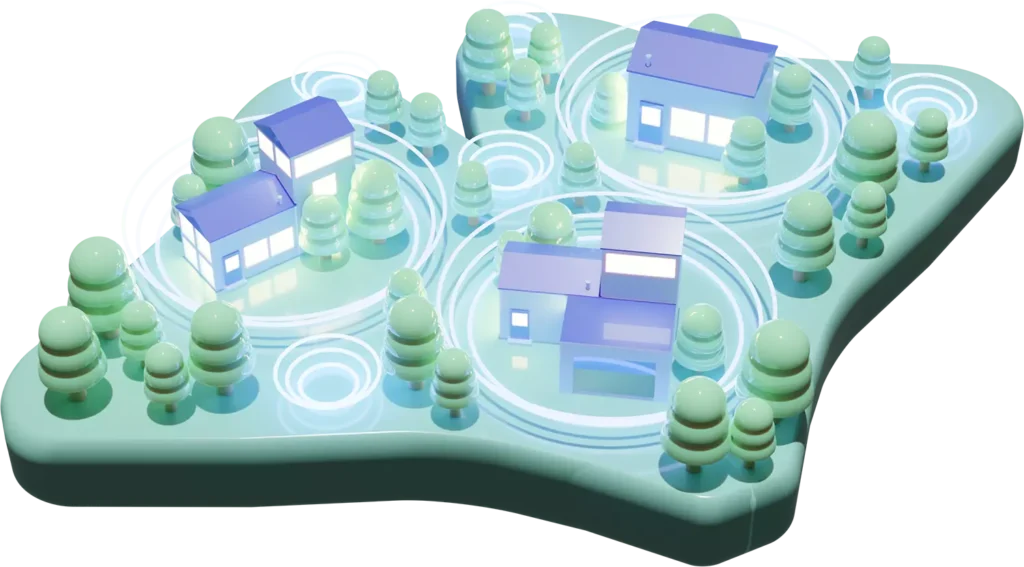
Resilient Point to Point Network Architecture
WightFibre has one of the most advanced networks in the world. Every single home gets its own dedicated fibre optic cable (so no sharing with your neighbours) which will allow for virtually unlimited broadband speeds for decades to come. Built on a highly resilient 'ring' architecture the network can survive cable cuts - in the highly unlikely event this might happen - with interrupting customer service.
WightFibre Home WiFi White Paper
This White Paper describes WightFibre’s Home WiFi service powered by Plume.
Firstly, lets make sure that we know the difference between WiFi and Broadband. Most Internet Service Providers (ISPs) provide a box that does both functions in the form of a “router”, so this can confuse things. Broadband is what connects the router to the Internet. WiFi is what connects your devices around the house to the router and which then routes to the Internet (in your home).
WightFibre’s “Whole Home WiFi” powered by Plume is the solution that brings you a WiFi solution throughout your whole home to match the Ultrafast speeds you get with a WightFibre broadband connection. It’s one thing getting fast broadband to your door, but how do you get the best performance all around your house? This White Paper focuses on the WiFi part of the journey.

Environment and Sustainability
WightFibre is committed to achieving net zero carbon emissions, and a carbon reduction plan
is under development. However further work is required to gain a full picture of the WightFibre
carbon footprint, particularly those emissions associated with its supply chain, and this will
inform the carbon reduction plan. WightFibre’s priority is to reduce its carbon footprint before
considering offsetting. Following this approach WightFibre intend to achieve net zero by 2040,
in line with the timescale set by the Isle of Wight Council.
And these are not just words. We measure and we have already begun to reduce our carbon emissions. WightFibre has a number of projects already underway to reduce our impact on the environment.
Click here to read the WightFibre environmental policy statement
Click here to read the full WightFibre Environmental and Social Report 2023
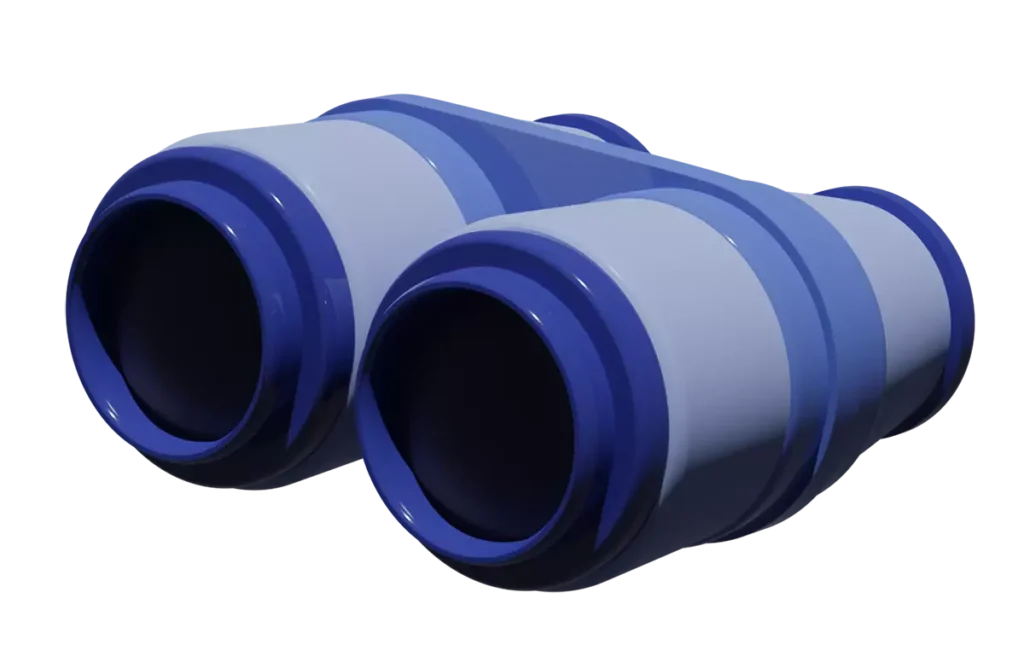
Looking Ahead
The main environmental objectives for WightFibre in this year will be to consolidate and build on the progress achieved this year.
Once completed this will be used to set realistic and achievable reduction targets.
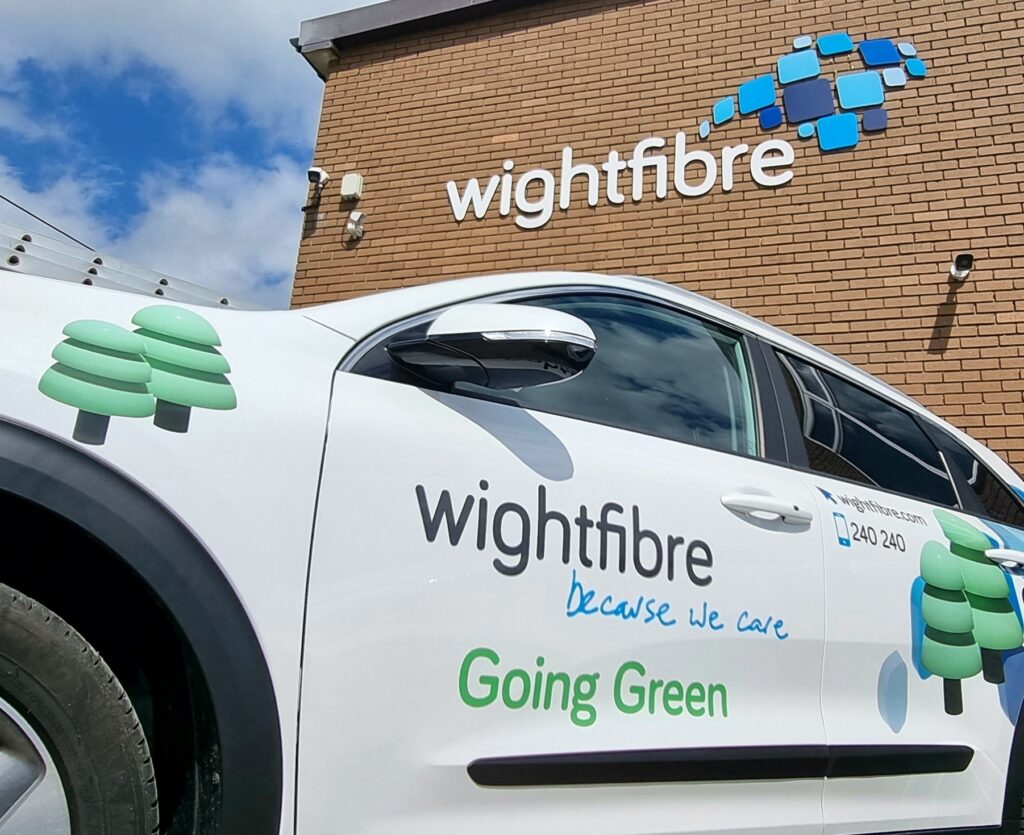
Digital Inclusion
WightFibre has appointed a full-time Digital Inclusion Officer. This role is to work with Island groups, charities and not-for-profit organisations to ensure all sections of the Isle of Wight community can benefit from WightFibre’s Gigabit Island project.
Activities range from providing direct one to one support to customers with less advanced digital skills, supporting charities who do the same and working with community groups supporting the less well off or more vulnerable residents to ensure they too can fully participate in our increasingly digital society.
WightFibre also provides a special social tariff for less well-off residents to ensure they are not left behind in our digital rollout.


